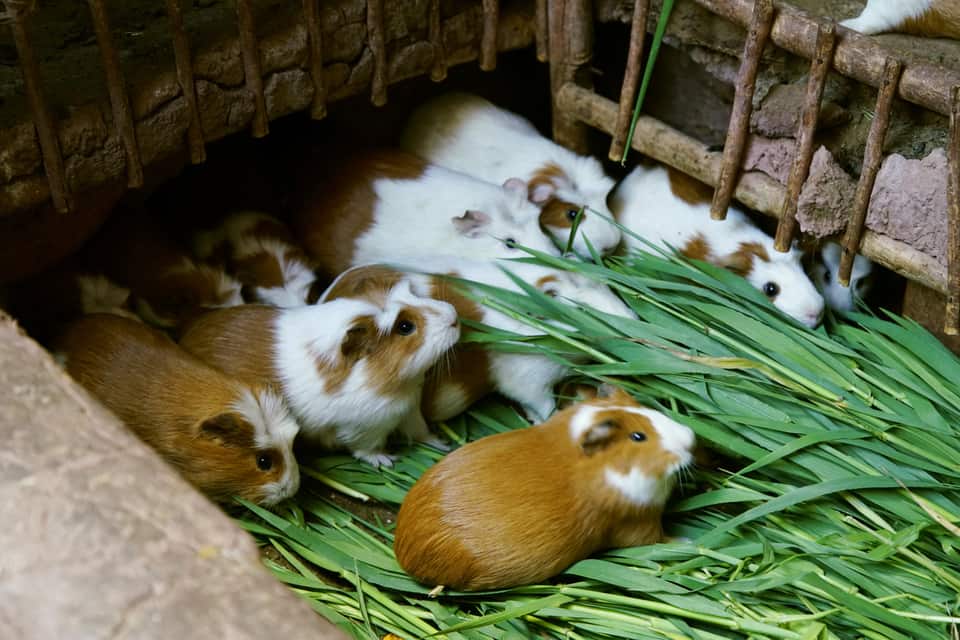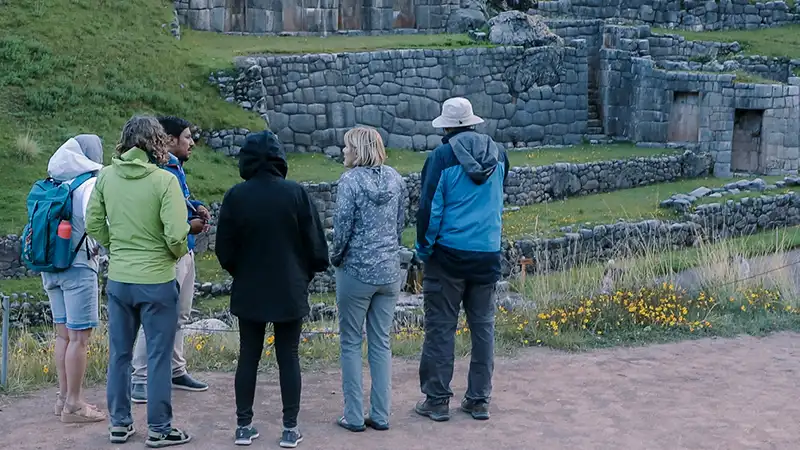Cuy, or guinea pig, is a traditional Peruvian delicacy that has been consumed in the Andean region for centuries. The dish is considered a staple of Peruvian cuisine and is often served during special occasions and celebrations. Cuy is rich in protein and low in fat, making it a nutritious and sustainable meat source for the local population.

History of Cuy Consumption in Peru:
The consumption of cuy in Peru dates back to the pre-Inca era, around 5,000 years ago. The indigenous people of the Andes domesticated Guinea pigs as a food source, and their consumption has persisted through the Inca Empire and into modern times.
Preparation and Cooking:
Cuy can be prepared in various ways, but the most traditional method involves marinating the guinea pig in a mixture of spices, such as garlic, cumin, and aji pepper. After marinating for a few hours, the cuy is skewered and roasted over an open flame or in a wood-fired oven. Alternatively, cuy can be deep-fried or served in a stew.
Where to Try Cuy in Peru:
Cuy is widely available in the Andean region of Peru, particularly in cities like Cusco, Arequipa, and Huaraz. Many local restaurants, or "picanterías," offer cuy dishes on their menus. It's also common to find cuy served during local festivals and traditional celebrations.
Tasting Cuy:
Cuy's unique flavor is often described as a cross between a rabbit and dark chicken meat. The meat is tender and slightly gamey, with a crispy skin when roasted. While it might not be to everyone's taste, trying cuy is an opportunity to experience an authentic part of Peruvian culture and cuisine.
Responsible Consumption:
Before trying cuy, it's essential to be aware that guinea pigs are considered pets in many cultures. However, in Peru and other Andean countries, they have been raised as livestock for centuries. It's important to approach the experience with an open mind and a respectful attitude towards local customs and traditions.
In conclusion, cuy is an essential part of Peruvian cuisine and has deep cultural significance in the Andean region. Trying this delicacy can provide travelers with a unique culinary experience and a deeper understanding of Peruvian culture. Remember to approach the experience with respect and an open mind, and you may find yourself enjoying this traditional Andean dish.


